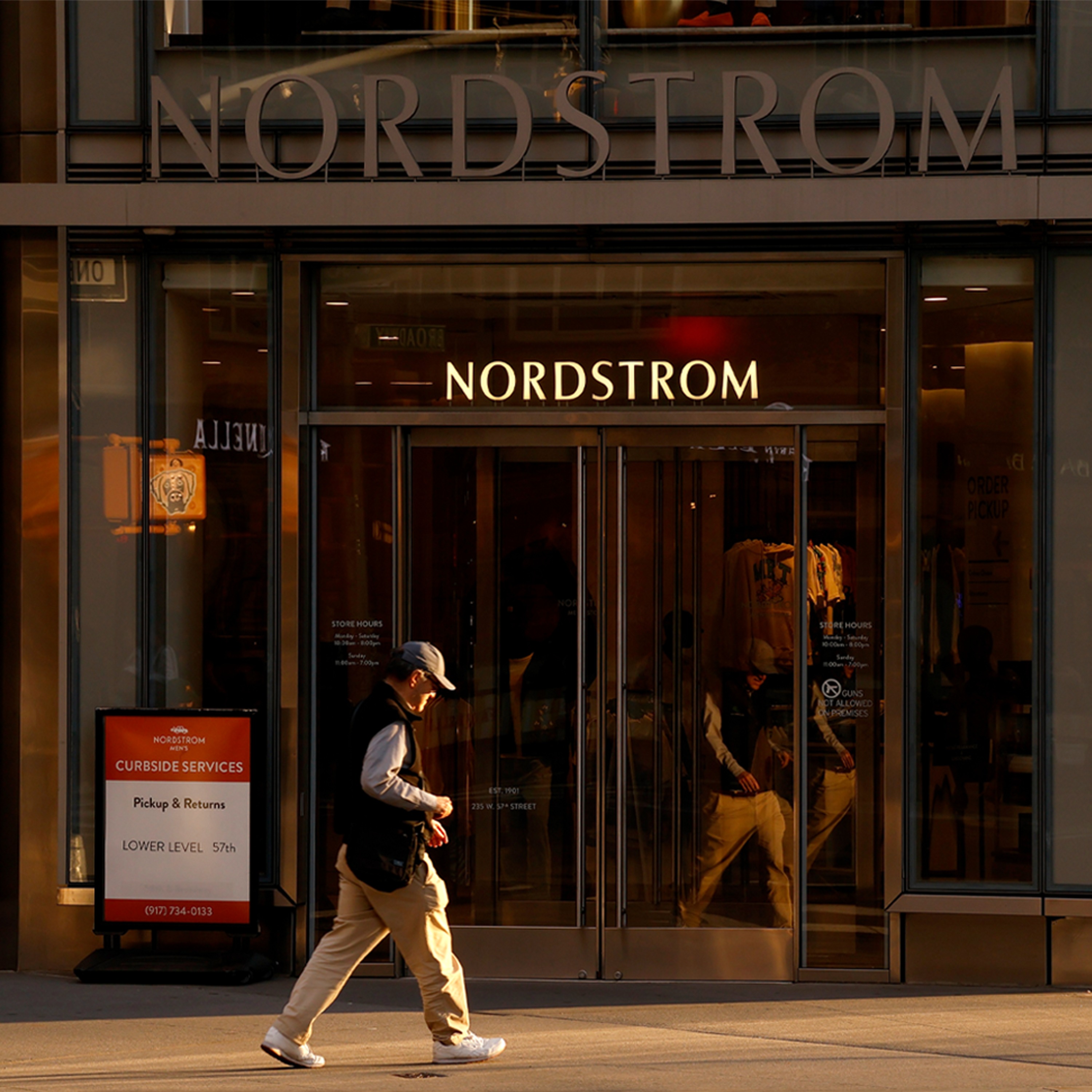Fast Fashion Disruption With Shein and H&M
Description
Shein has fundamentally changed the fashion market, challenging fast fashion giants that were not so long ago in the disruptor position themselves. Once the category's upstart, H&M now finds itself struggling to keep pace as Shein redefines consumer expectations with ultra-low prices, endless selection and lightning-fast production. In response, H&M’s new CEO has unveiled a strategy to target the elusive middle market, hoping to position the retailer as more affordable than Zara but higher-quality than Shein.
This week on The BoF Podcast, executive editor Brian Baskin sat down with Senior Sustainability Correspondent Sarah Kent and Retail Correspondent Cat Chen to delve into the contrasting paths of these two retail giants and what it means for the future of fashion.
“H&M has been stuck in the middle with kind of a muddled identity … It's trying to figure out how to differentiate itself,” said Chen. Meanwhile, Shein’s breakneck growth comes with a heavy environmental toll, raising questions about the industry’s efforts to reduce emissions.
“Shein’s growth is phenomenal, but its environmental impact has grown even faster than its sales… now outpacing all other large fashion companies,” Kent said.
Key Insights:
- H&M’s CEO Daniel Ervér is focusing on a strategy to occupy the middle ground between ultra-budget brands like Shein and more premium fast fashion like Zara. The goal is to appeal to both ends of the market with a mix of affordable basics and higher-end pieces, as Ervér explained to Chen in her interview with the CEO. “[Ervér] said they were committed to this position of wanting to offer something to everybody.
- Shein’s rapid growth has turned it into fashion’s biggest polluter, surpassing even Inditex in emissions. The company’s production model, reliance on cheap polyester, and coal-powered manufacturing contribute heavily to its environmental impact. “Over the last three years, their emissions have tripled as their sales have grown hugely,” Kent explained.
- Shein’s rapid growth has turned it into fashion’s biggest polluter, surpassing even Inditex in emissions. The company’s production model, reliance on cheap polyester, and coal-powered manufacturing contribute heavily to its environmental impact. “Over the last three years, their emissions have tripled as their sales have grown hugely,” Kent explained.
- As Shein continues its rapid growth, the company faces increasing scrutiny from regulators and potential investors regarding its environmental and labour practices. But Shein is unlikely to face major restrictions on how it operates anytime soon. “The hand of regulation moves slowly, and so far, most companies are being asked to provide a bit more transparency,” Kent said. “No one's facing any real penalties for being the worst polluter at the moment.”
- Shein’s growth may be peaking, creating opportunities for competitors like H&M. The market is always evolving, allowing established brands to find ways to stand out. “We are at the end of the beginning for Shein and Temu. … And at the end of the day, there will always be new disruptors,” Chen shared.
Additional resources:
Hosted on Acast. See acast.com/privacy for more information.




















